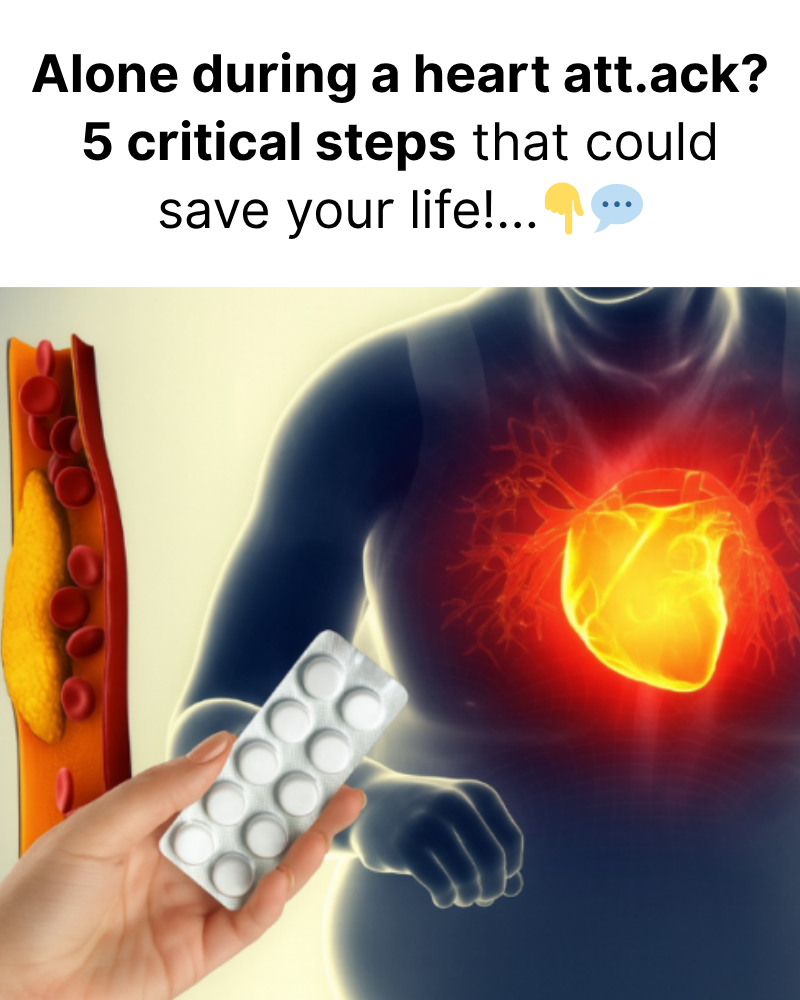
Imagine this: you’re home alone, it’s quiet, and suddenly you feel an unusual chest pain.
At first, you think it’s nothing. But then the discomfort worsens, spreads to your arm and neck, and you’re short of breath. You might even break out in a cold sweat. Panic sets in — it could be a heart attack, and you’re by yourself. What should you do?
According to cardiologist Dr. Andre Wambier, knowing how to react in this terrifying moment could save your life. Here’s a simple guide to help you act quickly and effectively.
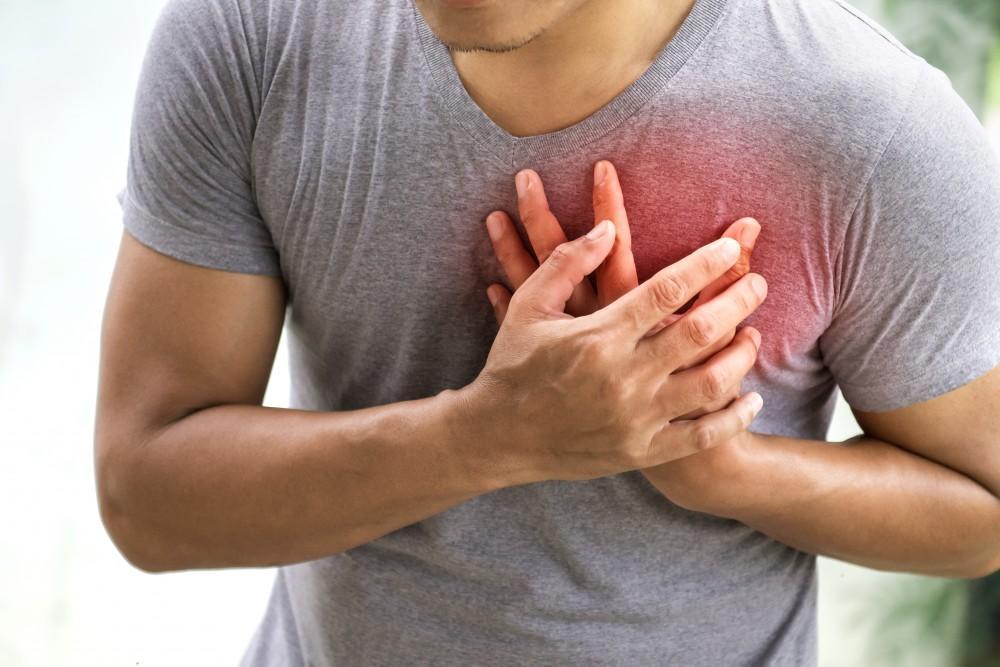
How to Spot a Heart Attack
Recognizing early symptoms is key. Look out for:
- Pressure or tightness in the chest
- Pain that radiates to the arm, neck, jaw, or back
- Sudden shortness of breath
- Cold, clammy sweating
- Nausea or vomiting
- Dizziness or feeling faint
- A wave of panic or a sense of doom
If you experience any combination of these — especially chest pain — act immediately.
Step One: Call for Emergency Help
If you suspect a heart attack, call emergency services right away (911 in the U.S. or 192 in Brazil). Don’t try to drive yourself — losing consciousness behind the wheel could be fatal. Emergency responders are trained to treat you en route and increase your chances of survival.
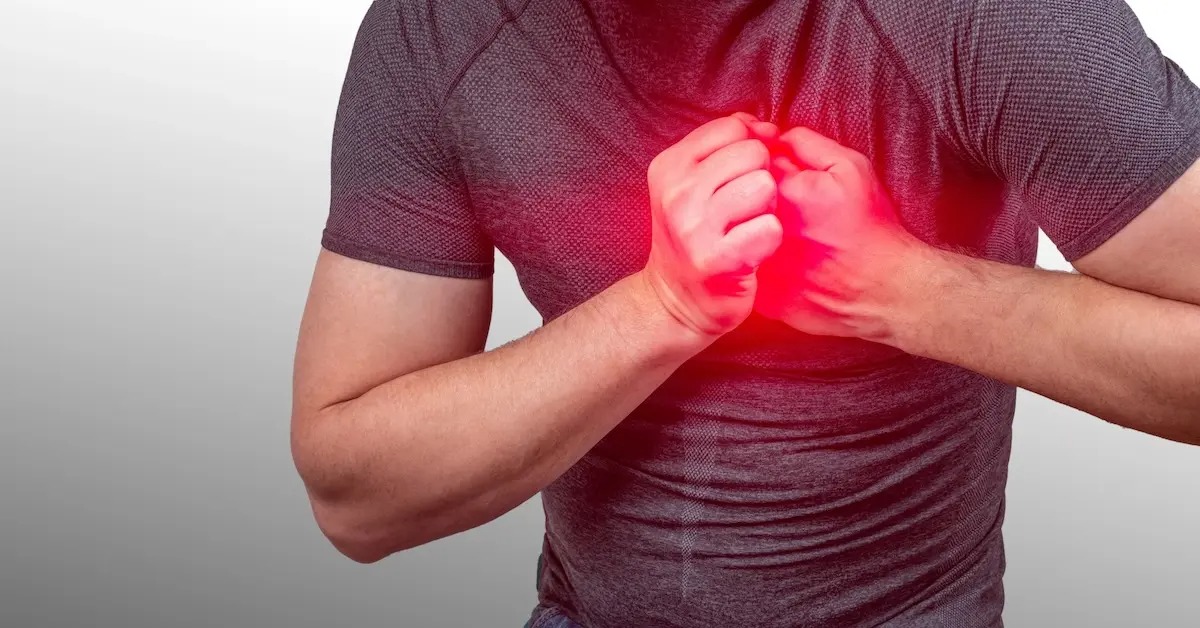
While You Wait: Stay Still and Calm
Once you’ve called for help, sit or lie down in a relaxed position. Try to stay as calm as possible:
- Keep movements to a minimum
- Focus on slow, deep breathing
- Elevate your head slightly if lying down
Every bit of energy counts — avoid unnecessary motion.
If You Have Aspirin, Use It
If you’re not allergic and have aspirin nearby, chew 2-3 low-dose (81 mg) tablets. Chewing allows for faster absorption. Aspirin helps thin the blood, slowing or stopping the growth of the clot causing the blockage.
Don’t Rely on Coughing Myths
You might’ve heard that forceful coughing can help during a heart attack. That’s a myth. If you’re still conscious and breathing, coughing won’t dislodge a clot. Focus instead on getting help quickly.
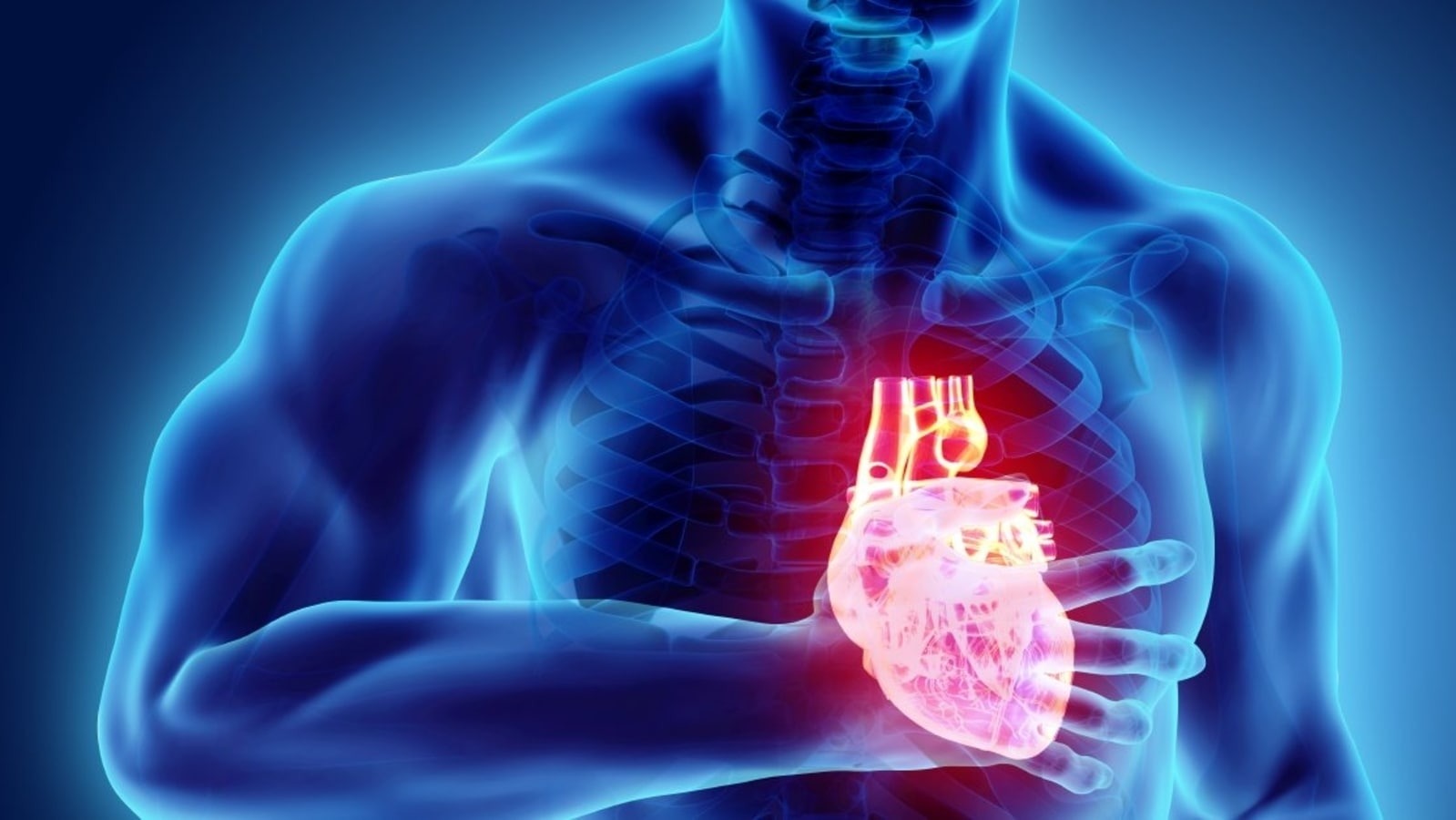
If Someone Else Collapses
If you find someone unconscious and suspect a heart attack:
- Call emergency services immediately
- Begin CPR if they’re not breathing — push hard and fast on the chest at a rate of 100–120 compressions per minute
- Use an AED (Automated External Defibrillator) if one is nearby
Your actions can mean the difference between life and death.
Who’s at Risk?
Certain factors raise your chances of a heart attack:
- Age: Men over 45 and women over 55 are more vulnerable
- Health habits: Smoking, high blood pressure, cholesterol, diabetes, and obesity
- Family history: Genetics can play a role
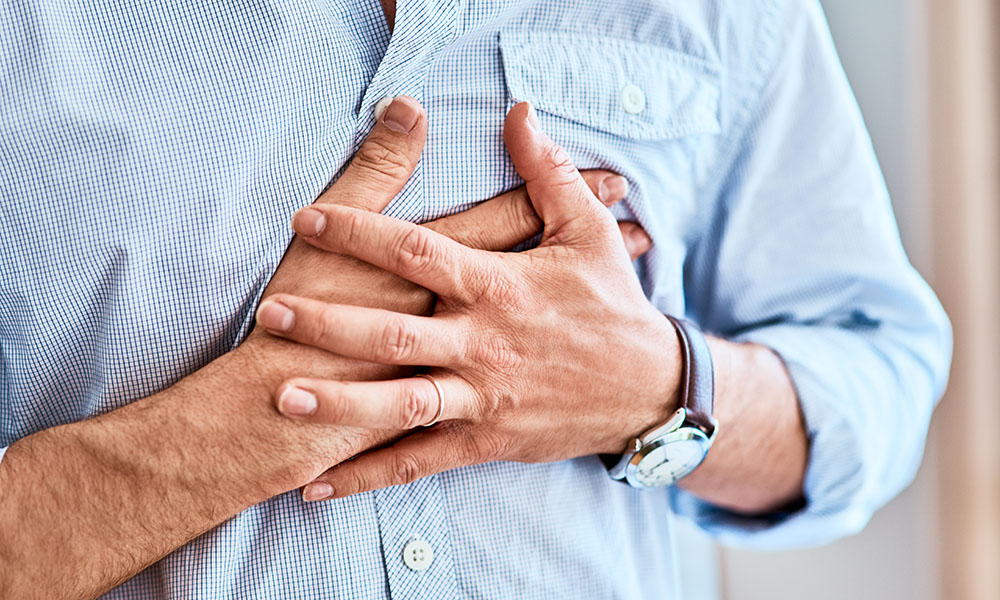
How to Lower Your Risk
You can’t change your age or family history, but you can adopt heart-healthy habits:
- Eat nutritious foods — plenty of vegetables, fruits, and lean proteins
- Exercise for 30 minutes most days of the week
- Manage stress through relaxation techniques like yoga or meditation
- Get regular health checkups
In Summary
When it comes to heart attacks, time is critical. Recognizing symptoms early, getting help fast, and knowing how to respond while waiting can significantly improve survival chances.
Share this life-saving knowledge with others. Being prepared could save your life — or someone else’s. Stay safe, stay heart-smart.